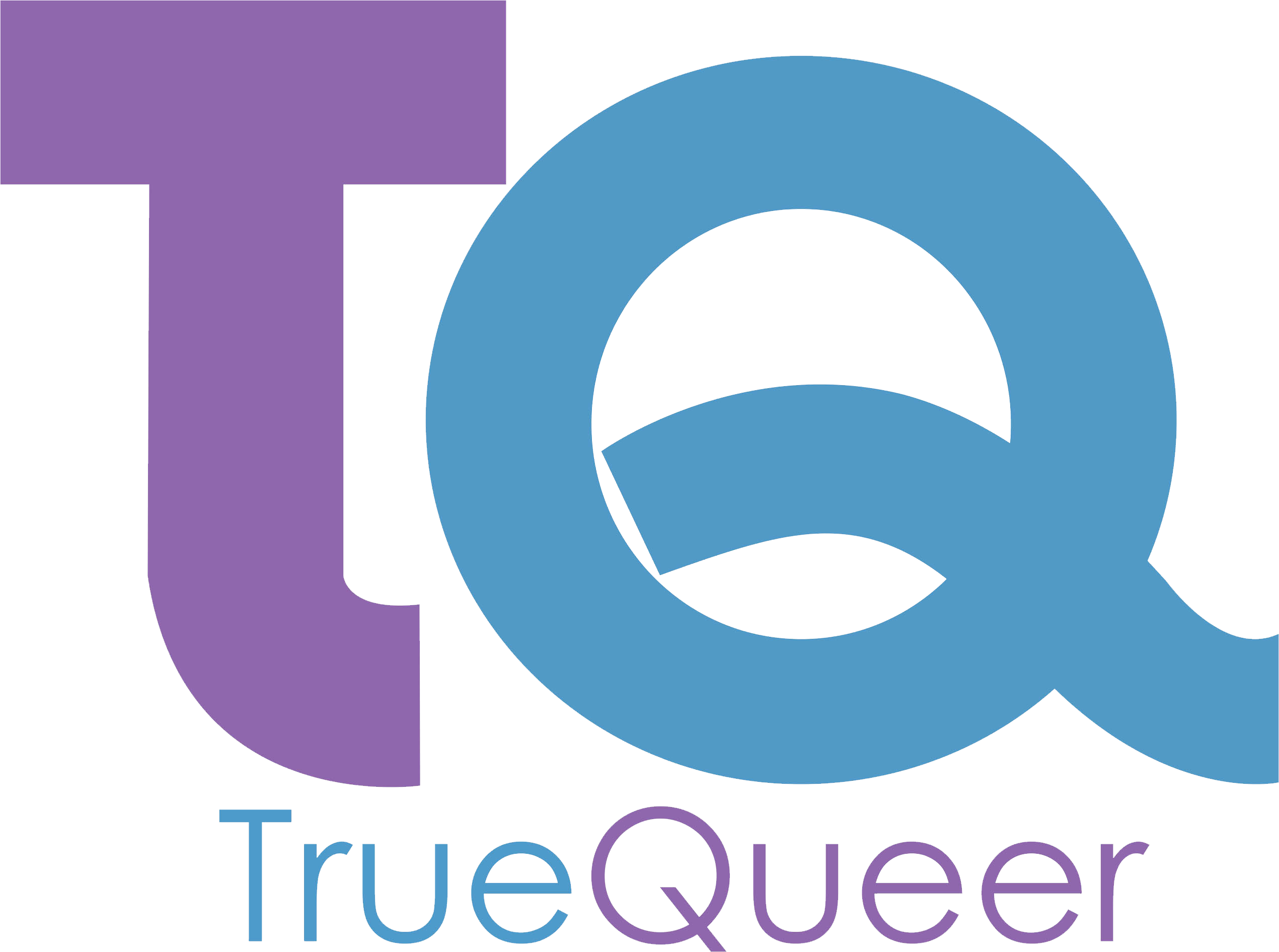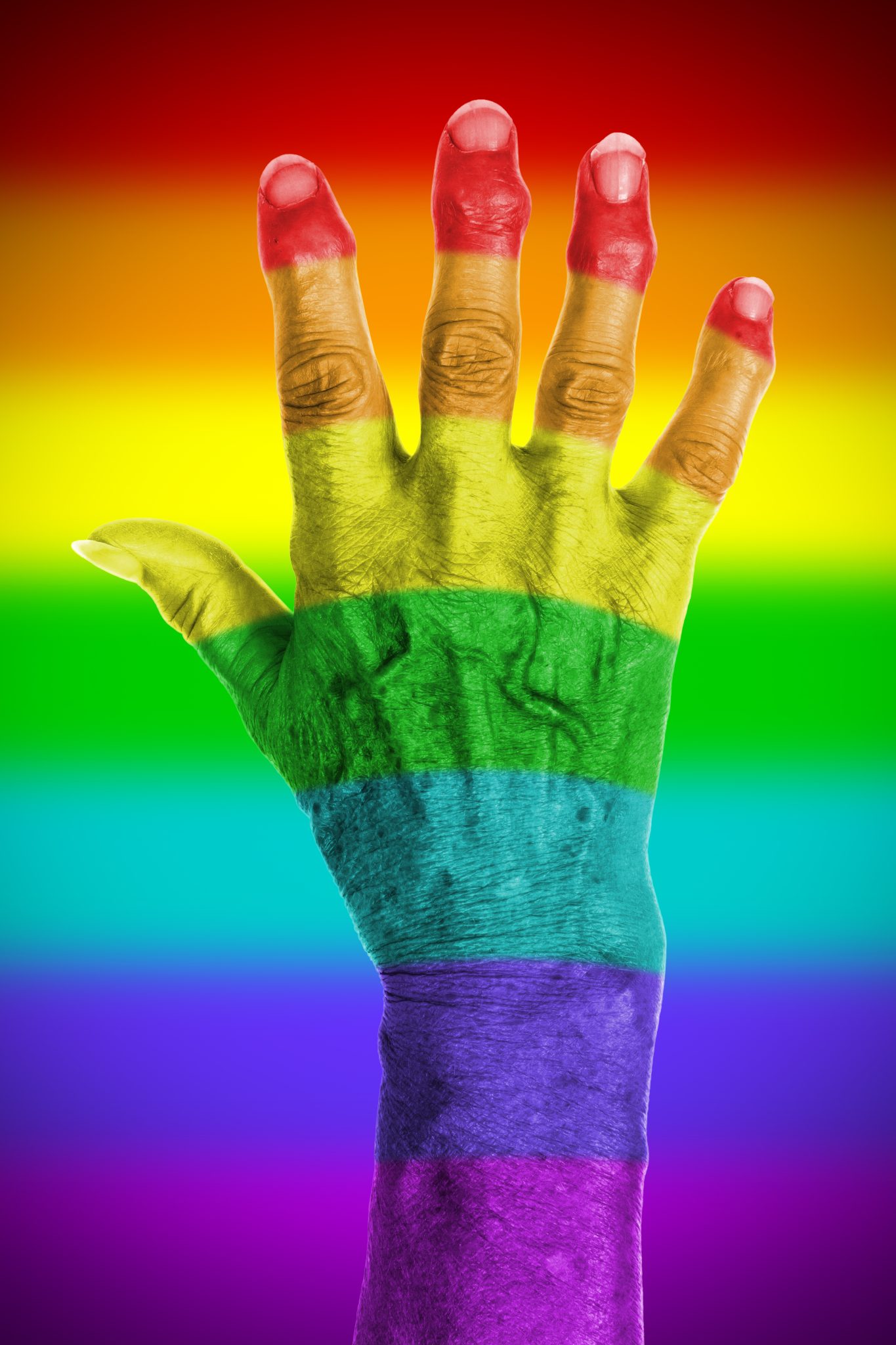Coming Out in the Older Community
by Emma Sledge
Sexuality is a deeply personal thing; it is fluid and hardly ever black and white. According to a recent Gallup poll, the number of Americans identifying as lesbian, gay, bisexual or transgender (often referred to as LGBT) can be quantified at about 3.4% of the population. Of course, with something as indefinite as sexual orientation, the exact figure can be hard to pinpoint, but this groundbreaking study shows us a rough estimate of how large the demographic of the LGBT community is in our country. One interesting trend in the data is that the older the respondents, the smaller the number who identified as LGBT. The age 50-64 group came in under the national average, with 2.6%, and the 65+ group with only 1.9%. To put this in perspective, 6.4% of respondents aged 18-29 responded affirmatively. This shows unequivocally that fewer older Americans consider themselves to be LGBT than do their younger counterparts.
The reasons for this phenomenon are varied and many, but one possible root cause is the lack of acceptance historically show to the LGBT community by generations past. Though homosexuality and bisexuality have been documented since the dawn of civilization – and notably on every continent – there has still been a slow adoption of tolerance and understanding in American history. In fact, it wasn’t until 1950 that the first known homosexual political organization formed. It has not been until more recent decades that states have begun legalizing gay marriage, and that the LGBT community has really gained momentum and community support when it comes to civil rights within their communities.
Despite the uphill battle, today there is headway being made. Still, coming out in the 50+ community – and, in fact, at any age – can be a very daunting task. Coming out is made even more difficult for older Americans due to the low percentage of peers who identify similarly and the deeply entrenched cultural stigmas that tend to go hand-in-hand with the ideology of the older generations. It will be scary, and it may put a strain on some relationships. However, if you identify as lesbian, gay, bisexual, or transgender, then coming out should be something you seriously consider doing. It is a natural human quality that we feel the need to be accepted for who we are, so to live without fully sharing who you are with your friends and family can be far scarier than the prospect of telling the truth. That said, it’s equally important never to let yourself be pushed into coming out. Do so only if and when you are ready. You may never be totally at ease about coming out, but with such a deeply personal issue it is very important that you take whatever time you need, in order that you may feel comfortable with the decision to do so.
Only you will know when it’s right to come out. You should not expect everyone to be wonderfully understanding, and you should be prepared for confusion and questions from those you love. How much detail you choose to divulge to your loved ones is completely up to you, but chances are good that you have at least some idea of what to expect. People may surprise you in a positive way, as well. Especially today, with more and more support being shown for gay rights and LGBT causes, Americans are beginning to show marked understanding and tolerance.
The 3.5% of Americans who identify as a member of the LGBT community might seem like a small number; but here’s another number to consider: 53% of Americans now support gay marriage. Now that’s a pretty big number. If you do make the decision to come out in the 50+ community, that will be an important number to keep in mind. At least 53% of Americans are not only accepting of the LGBT community, but actively support their rights to political freedom. While you may face opposition and criticism, it’s important not to let that trivialize your legitimate feelings of your own identity, especially not with so many standing firm behind your right to be that person.
Sign up for more LGBTQ+ news and updates at TrueQueer.
Older members of the LGBT community may find it hard to find someone to relate to, since they have such a small percentage of peers. It may be difficult to find someone in a similar situation, but it’s certainly not impossible. There are countless organizations and online peer groups around the world that offer a sounding board for those who are dealing with coming out, at all ages and in all communities. Search Google for LGBT community websites, or find groups on Facebook. Look locally to find organizations in your own community. However you go about it, don’t be afraid to seek out support and advice from those who know what you are going through all too well. There are countless reasons to think about coming out, but no reason why you should have to do it alone.
References:
Ford, M. (2013, May 14). Grand Valley State University: A Brief History of Homosexuality in America. Retrieved from http://www.gvsu.edu/allies/a-brief-history-of-homosexuality-in-america-30.htm
Hartman, R.R. (2013, April 12). 53 percent of Americans now support gay marriage, poll finds. Retrieved from http://news.yahoo.com/blogs/ticket/53-percent-americans-support-gay-marriage-poll-finds-144319219–politics.html
Gallup Politics. (2012, October18). Special Report: 3.4% of U.S. Adults Identify as LGBT.” Retrieved from http://www.gallup.com/poll/158066/special-report-adults-identify-lgbt.aspx
Homosexual.com. (2013). History of Homosexuality. Retrieved from http://homosexual.com/history-of-homosexuality/
Follow us on Facebook
![]()

